Below you will find information on community projects, the specific project pages have links to the 'technology' and 'design flow' stages used and ways you can comment on or join a project.
- Projects are key to community hardware design
-
As a community hardware design activity we form our collaborations around shared design actions making Projects a core of the SoC Labs community. Projects help us share and reuse hardware and software developments around core Arm IP to help us in our research goals.
- A project, takes technology and uses a design flow to make a SoC.
-
A project has a timeframe and uses the two other significant aspects of a SoC development, the selection of technology or IP blocks that make up the SoC and the design flow that is followed from specification through to final instantiation of a system. Any System On Chip usually involves the use of pre-existing IP blocks. A project team can select IP from the technology section of the site during the first stage of a design flow, Architectural Design. Later stages in the design flow support the creation of the novel aspects of the SoC design.
- Projects have a type, either active, complete (case study) or being formulated (request for collaboration)
-
Sharing information on projects much earlier than traditional academic collaboration is encouraged. Historically knowledge sharing has been at the end of the research activity, with published papers and results. As well as write up of finished projects ("case study"), ongoing projects under development ("projects") there are projects that are still being formulated ("request for collaboration") listed. We want to encourage people to engage with the project teams, for example, adding a comment to a specific project page or joining a project.
Latest Reference Design Projects
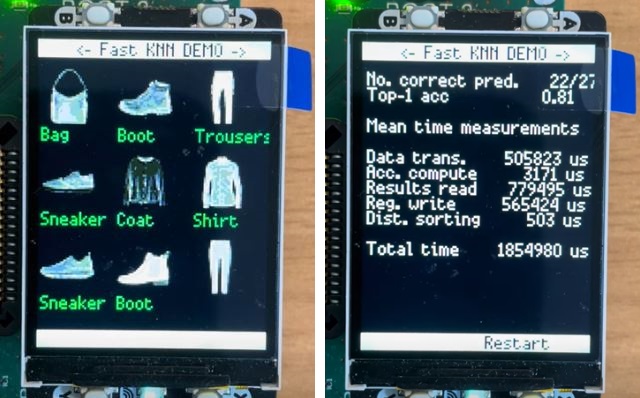
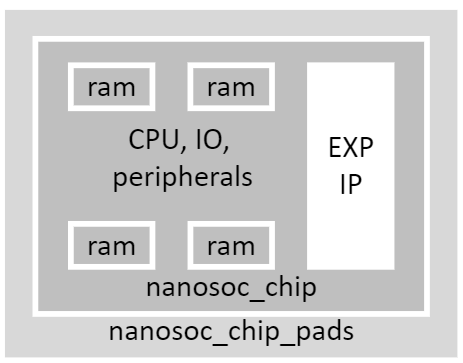
Latest Collaborative Projects
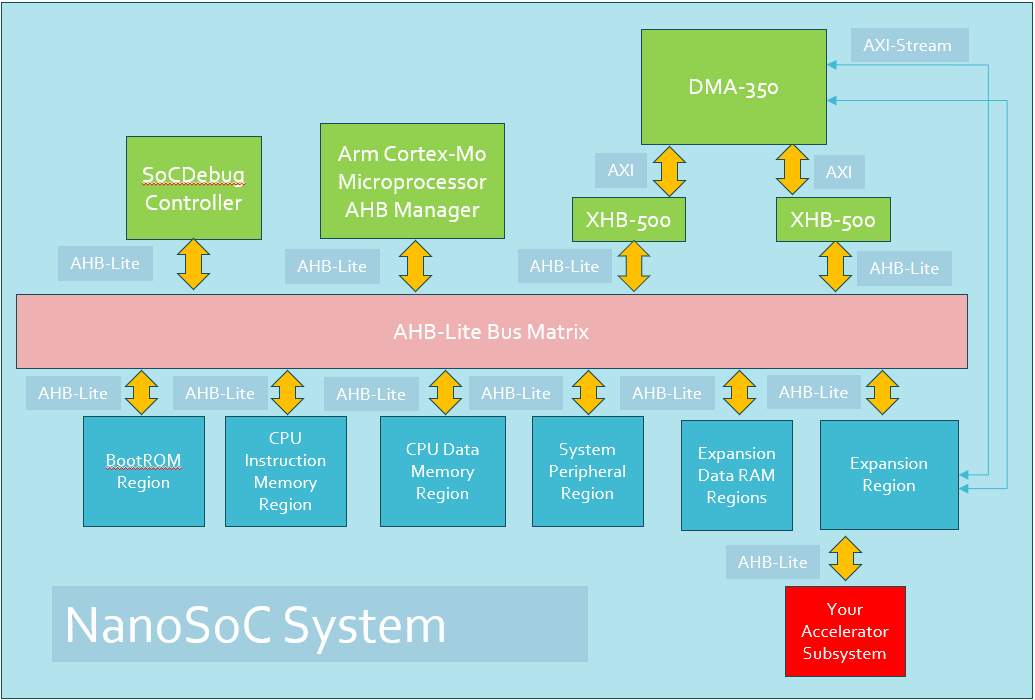
The integration of the DMA350 into the nanosoc re-usable SoC architecture will improve the transfer bandwidth on DMA channels within the SoC. This project integrates the DMA 350 into nanosoc, validates the integration and functionality of the DMA 350, and compares the performance of the DMA 350 to the PL230, that was the initial DMA controller integrated into nanosoc.
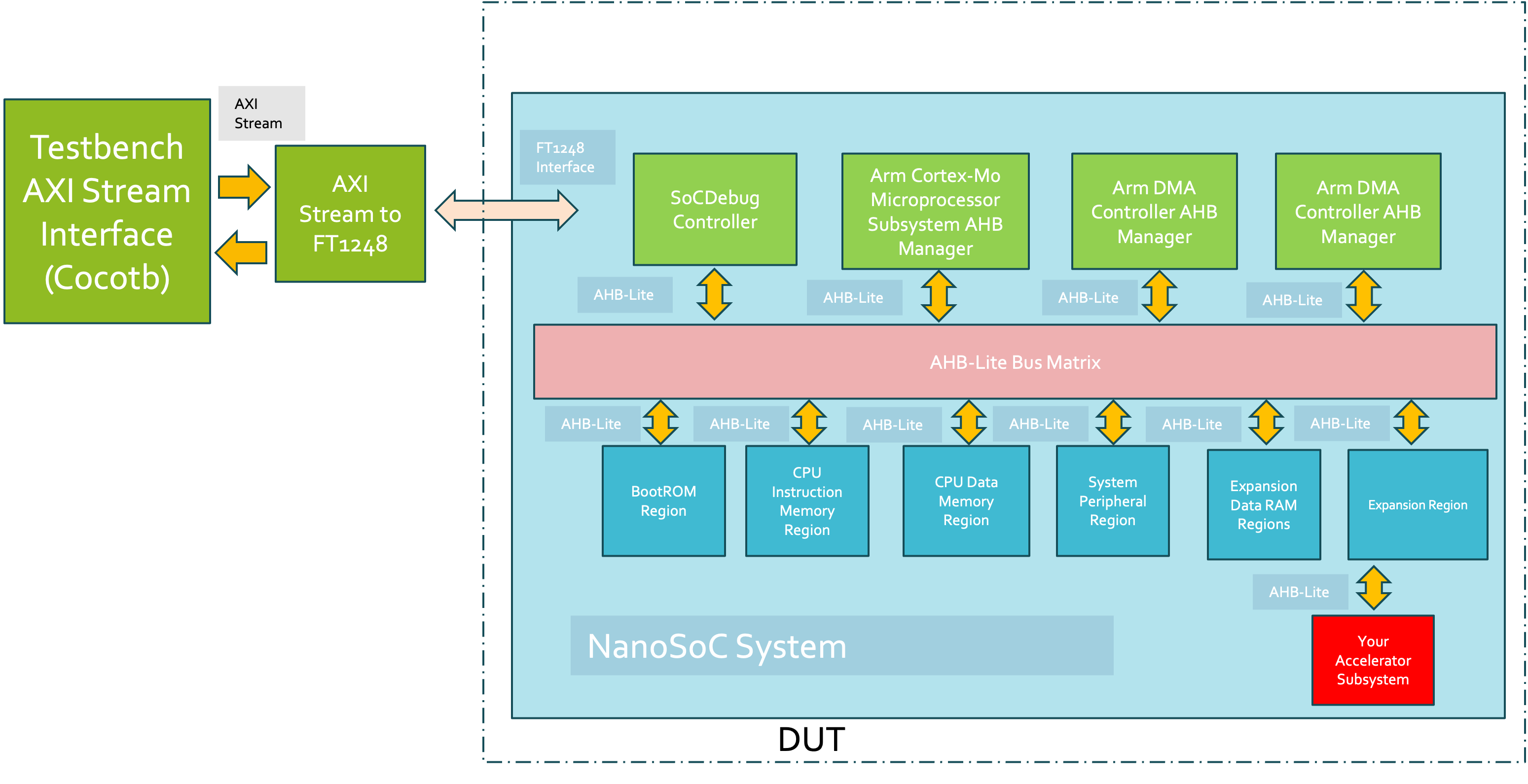
Performing system-level verification on a System-on-Chip (SoC) design is crucial for ensuring the correct function and overall performance of the entire system, rather than individual components. With NanoSoC, there are multiple options for performing system-level verification.
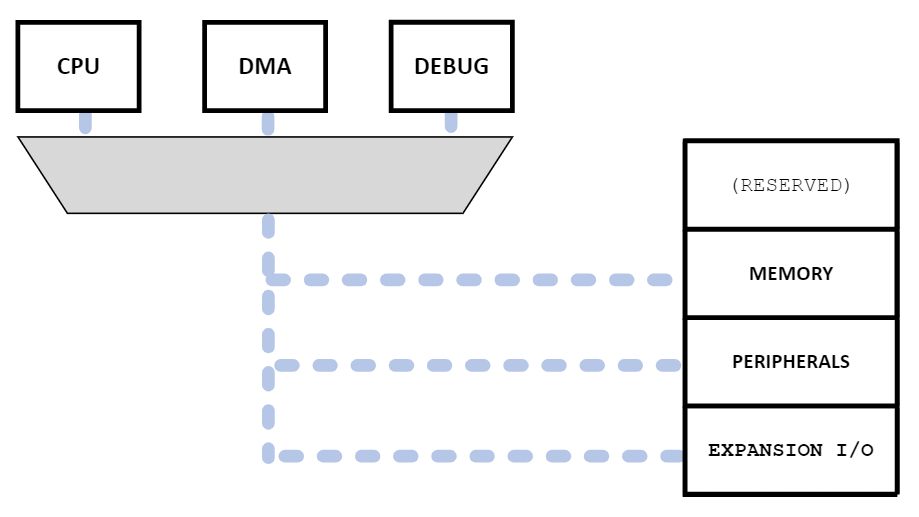
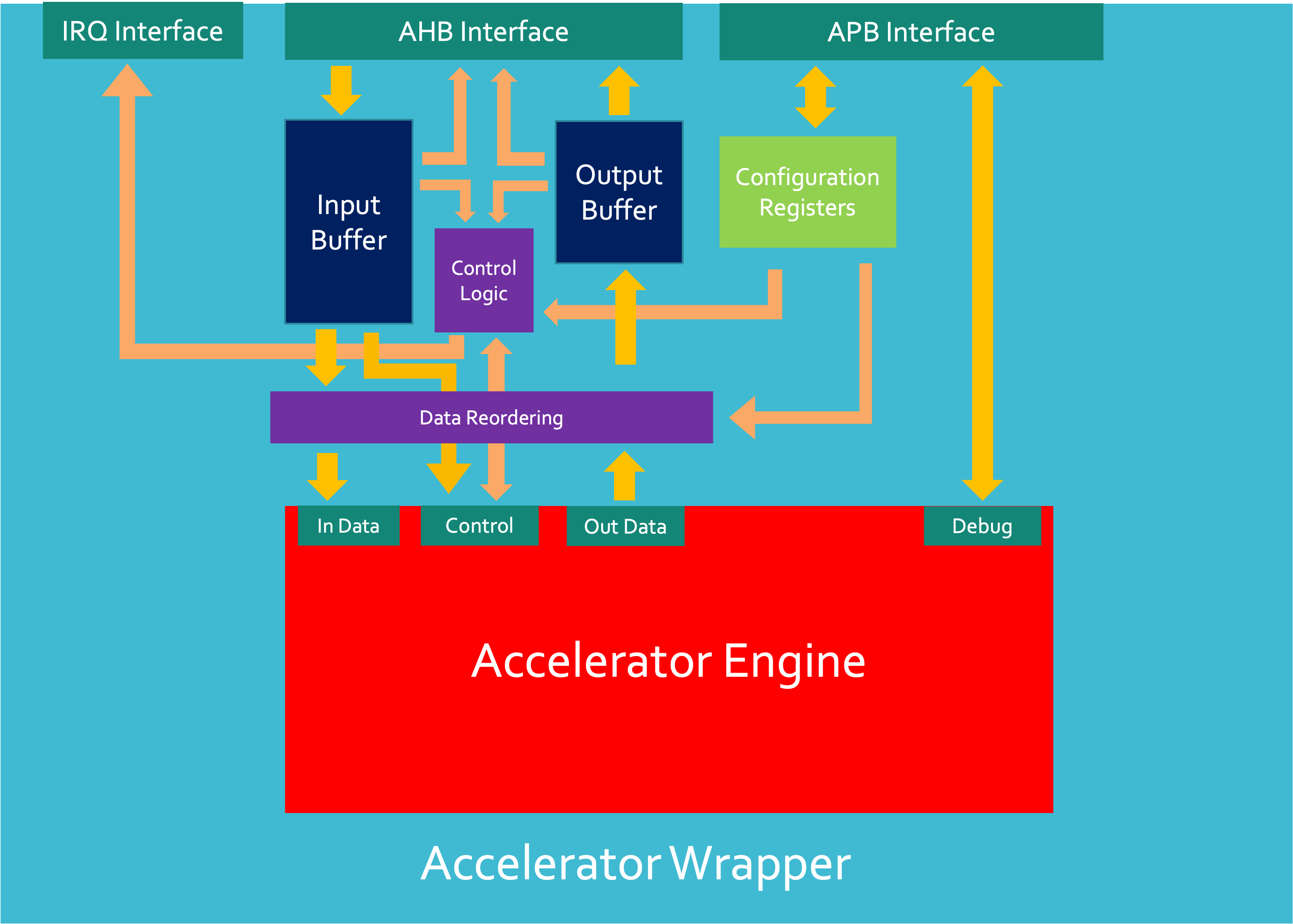
Motivation
At SoC Labs, we have need of an accelerator to test our SoC infrastructure and confirmation of our accelerator wrapper design to get size and performance information as well as to try and get ahead and uncover potential problems researchers may experience trying to put their IP into the reference SoC.
Specification
The preliminary design has been broken into two main blocks:
Latest Competition Projects
theeeeeeeeeeee
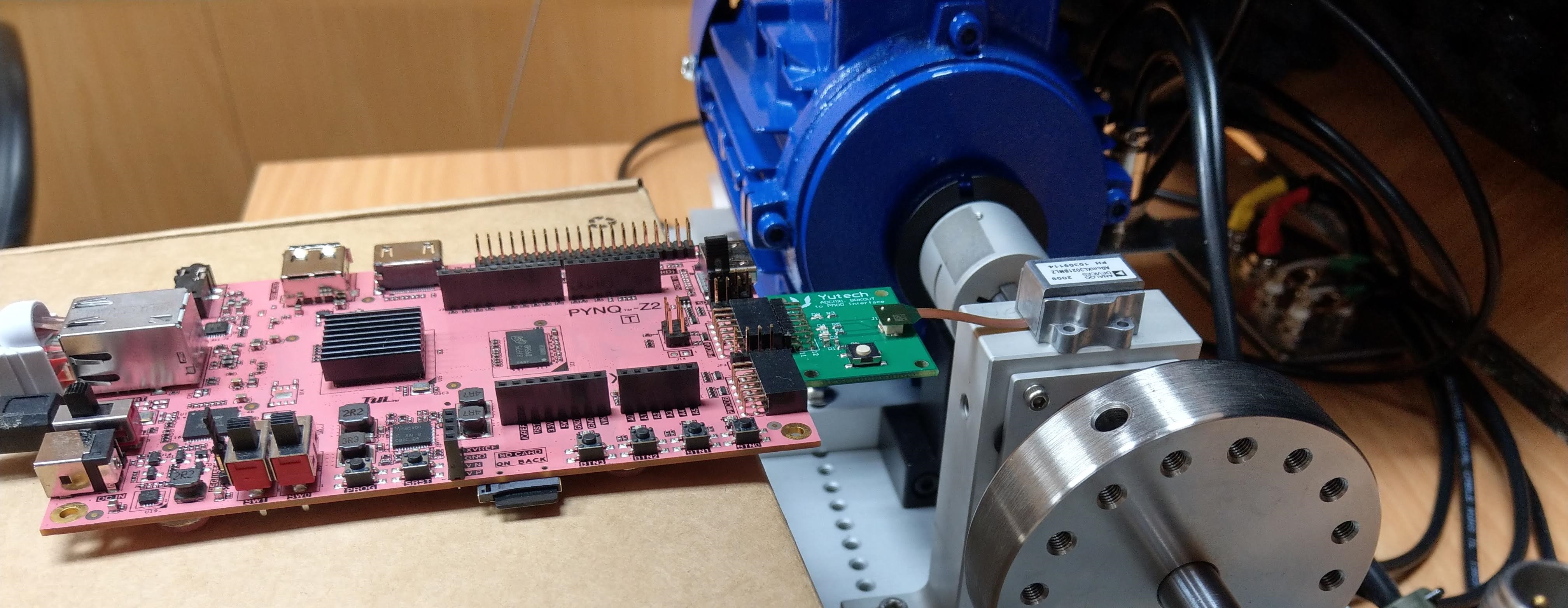
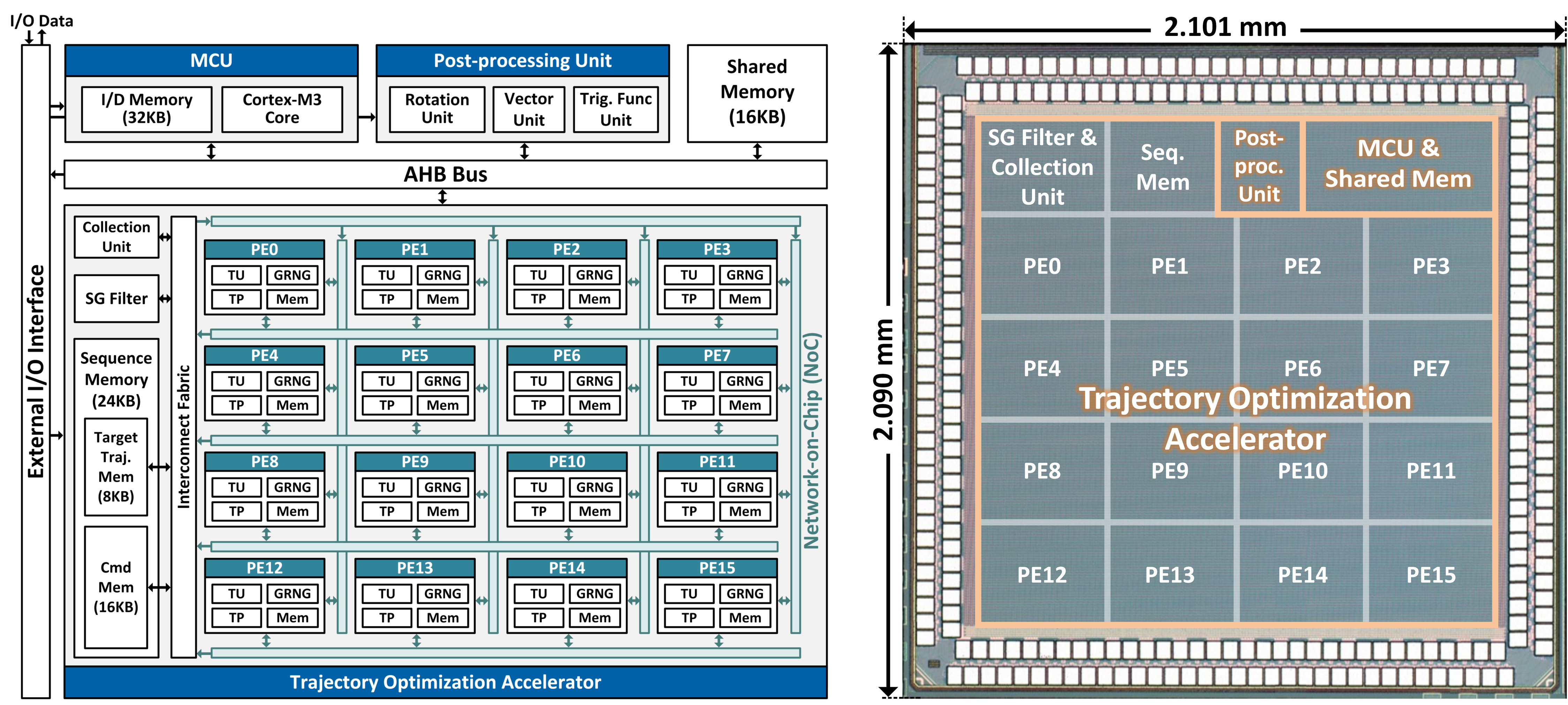
Autonomous mobile robots (AMRs) have been proven useful for smart factories and have the potential to revolutionize critical missions, such as disaster rescue. AMRs can perceive the environment, plan for assigned tasks, and act on the plan. Motion control is critical to the robot's action, which is accomplished through trajectory optimization to refine the robot's states using a physics model. However, the high computational complexity of trajectory optimization poses significant challenges for AMRs with limited power and computing resources.
This project focuses on developing a plant growth monitoring system for space exploration missions using the ARM Cortex-M0 microcontroller core. The projects aim to develop a SOC based on ARM M0 core for interactive plant monitoring by interfacing AHB lite, GPIO, timers, and communication protocols such as UART, I2C, SPI, and co-processors. This project also proposes two co-processors for interactive plant monitoring and control. One AI co-processor for classification and prediction of plant and environmental data.
Latest Completed Project Milestones
| Project | Name | Target Date | Completed Date | Description |
|---|---|---|---|---|
| Project Milestone Overview example | Tape Out |
Test add |
||
| Project Milestone Overview example | Standard Cell Libraries | |||
| Project Milestone Overview example | Simulation | |||
| Project Milestone Overview example | Clock Tree Synthesis | |||
| Project Milestone Overview example | Generate RTL | |||
| Project Milestone Overview example | Synthesis | |||
| Project Milestone Overview example | Architectural Design | |||
| Project Milestone Overview example | Technology Selection | |||
| Project Milestone Overview example | Specifying a SoC |
Test |
||
| BlackBear : A reconfigurable AI inference accelerator for large image applications | Milestone #6 |
|
 John Darlington
John Darlington

 David Flynn
David Flynn
 Daniel Newbrook
Daniel Newbrook
 David Mapstone
David Mapstone
 Richard Cook
Richard Cook
 Kun-Chih (Jimmy) Chen
Kun-Chih (Jimmy) Chen